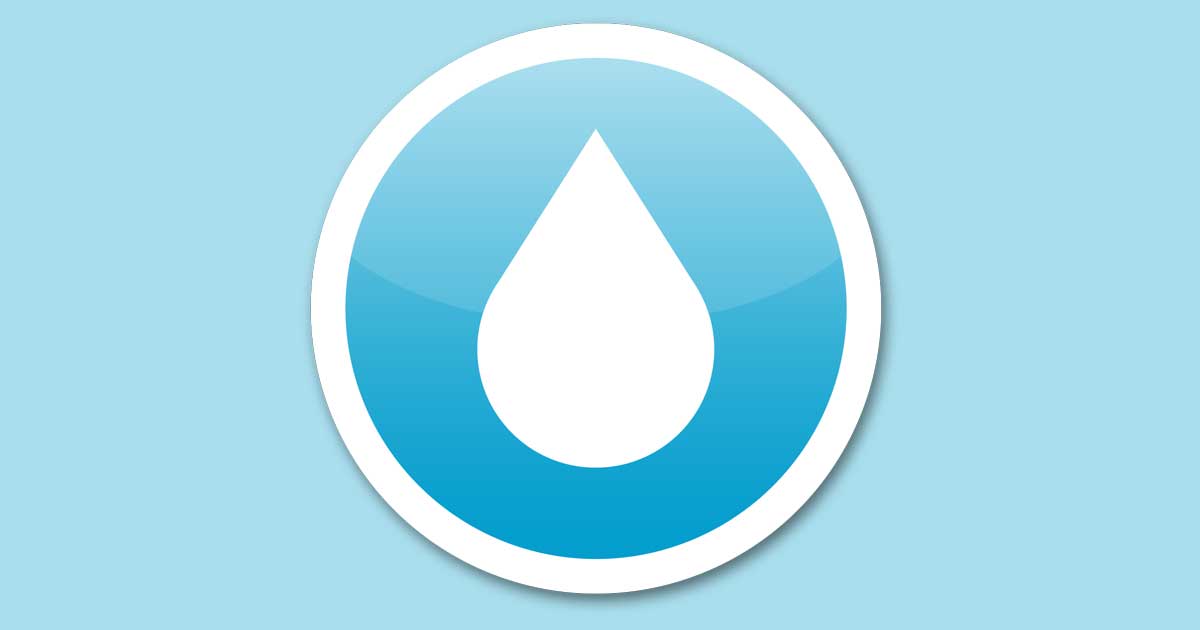Reclaimed water is highly treated wastewater and can be used for irrigation and other uses to extend our water supplies.
Wastewater to Reclaimed Water Process
Treating wastewater to provide high quality reclaimed water begins with using screens and physics to remove sand and debris before it enters the biological treatment process. In this process microorganisms are used to break down organic materials. Next, clarifiers assist to clear the water before it is filtered. Lastly, it enters the disinfection chamber where chlorine is used to kill remaining microorganisms before the treated water leaves the wastewater plant for distribution.
Reuse facilities are constantly monitored to ensure that only high-quality reclaimed water is distributed. This water is clear and essentially pathogen-free.
Benefits
There are many benefits to using reclaimed water such as reducing potable water use, decreasing fertilizer application, reducing discharge into rivers and bays from wastewater plants, and most importantly, ensuring a sustainable and cost-effective water supply.
